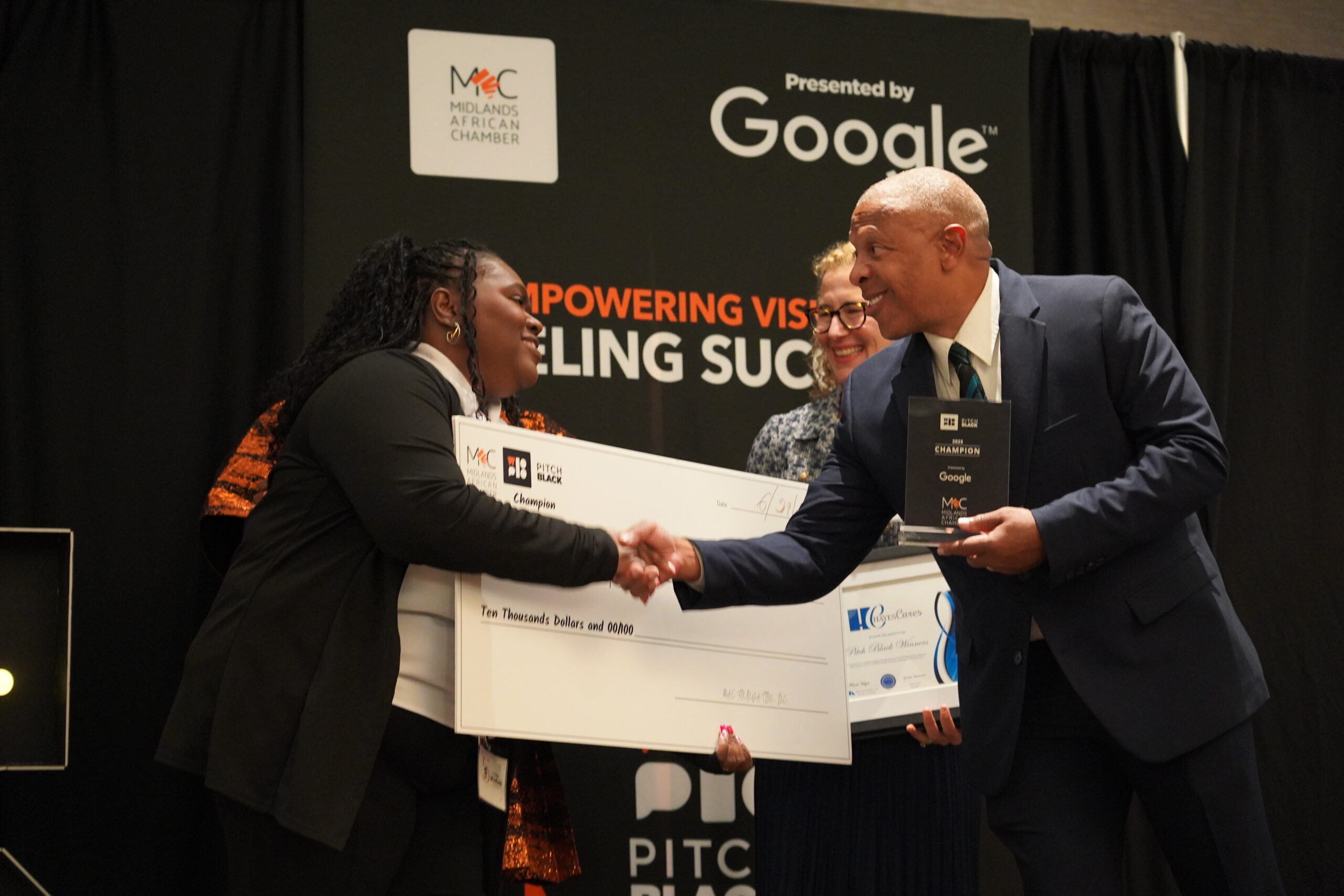 Founder Friday is a weekly guest post written by a founder who is based in or hails from the Silicon Prairie. Each month, a topic relevant to startups is presented and founders share lessons learned or best practices utilized on that topic. August’s topic is the tools we use to get stuff done.
Founder Friday is a weekly guest post written by a founder who is based in or hails from the Silicon Prairie. Each month, a topic relevant to startups is presented and founders share lessons learned or best practices utilized on that topic. August’s topic is the tools we use to get stuff done.
About the author: Chris Cooley is the Regional Business Development Director at SpiderOak, a company that allows users to privately store, sync, share and access their data from anywhere.
SpiderOak started with the intention of being a distributed team. Our core product is built around encryption and the pool of talent that understands it. Cryptonerds, as they refer to themselves, tend to be deeply involved in their trade but the pool is very small. As a developer-heavy organization, it just made sense to start as a distributed organization. It all began in 2007 and now we’re just over 40 employees—we have offices in San Francisco, Chicago and Kansas City with employees across the U.S. ranging from Hawaii to rural Colorado to Washington, D.C. We even have foreign employees who hail from Australia, Germany, Honduras, Bulgaria and Argentina.
In our early stages we had a single product and it was fairly easy for the team to stay in contact through traditional means. We primarily used a wiki, IRC chat channels, emails and phone calls, with the occasional company meetup. As we grew, functional teams started to form and these channels continued to work well within teams.
But over time the communication between these teams became more difficult, so we had to adjust. To adapt to the business demands, we reorganized into “cross-functional,” multidisciplinary teams.
These teams are given high-level goals, assigned members and then given the latitude and resources to get the job done. A good example is our Blue Team, which is responsible for our Enterprise and SMB products. The team includes resources from development, marketing, customer relations, account management and quality assurance. They have the right people on the team to get everything accomplished, but it is up them to find the best way to do it. For collaborative technology, we require that everything is tied back to the company wiki. Teams use a variety of technologies and are empowered to change them as they see fit.
The Blue Team uses Trello to track most projects and tasks, and even uses one board to brainstorm new ideas. Meetings are held weekly via conference call and they have found that Uberconference seems to work the best. With 10 team members, they have a visual panel that makes it easy to see who is speaking—a common problem on large calls. For conversations in smaller groups, they have been embracing appear.in for video conferencing. As a company, we recognize that there are a lot of benefits to visual experiences.
Overall, we’ve adopted an agile culture. We will continue to look at different options and how they serve our business needs. We are a distributed organization, but we’ve also found some value in hiring people in close geographic proximity—our Kansas City group is up to seven people now. But at the end of the day, it is whatever best serves the business’ needs and technology has given us a larger set of options. Today we are a distributed organization using a certain set of technologies but tomorrow our organization will be defined by whatever is best for the business at the moment, rather than what we are doing today.




